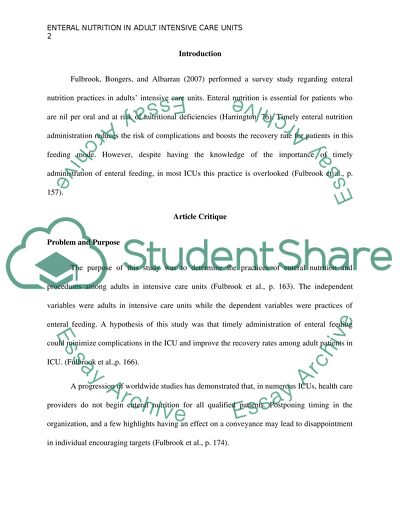Cite this document
(“ENTERAL NUTRITION Essay Example | Topics and Well Written Essays - 1250 words”, n.d.)
Retrieved from https://studentshare.org/nursing/1688035-enteral-nutrition
Retrieved from https://studentshare.org/nursing/1688035-enteral-nutrition
(ENTERAL NUTRITION Essay Example | Topics and Well Written Essays - 1250 Words)
https://studentshare.org/nursing/1688035-enteral-nutrition.
https://studentshare.org/nursing/1688035-enteral-nutrition.
“ENTERAL NUTRITION Essay Example | Topics and Well Written Essays - 1250 Words”, n.d. https://studentshare.org/nursing/1688035-enteral-nutrition.


